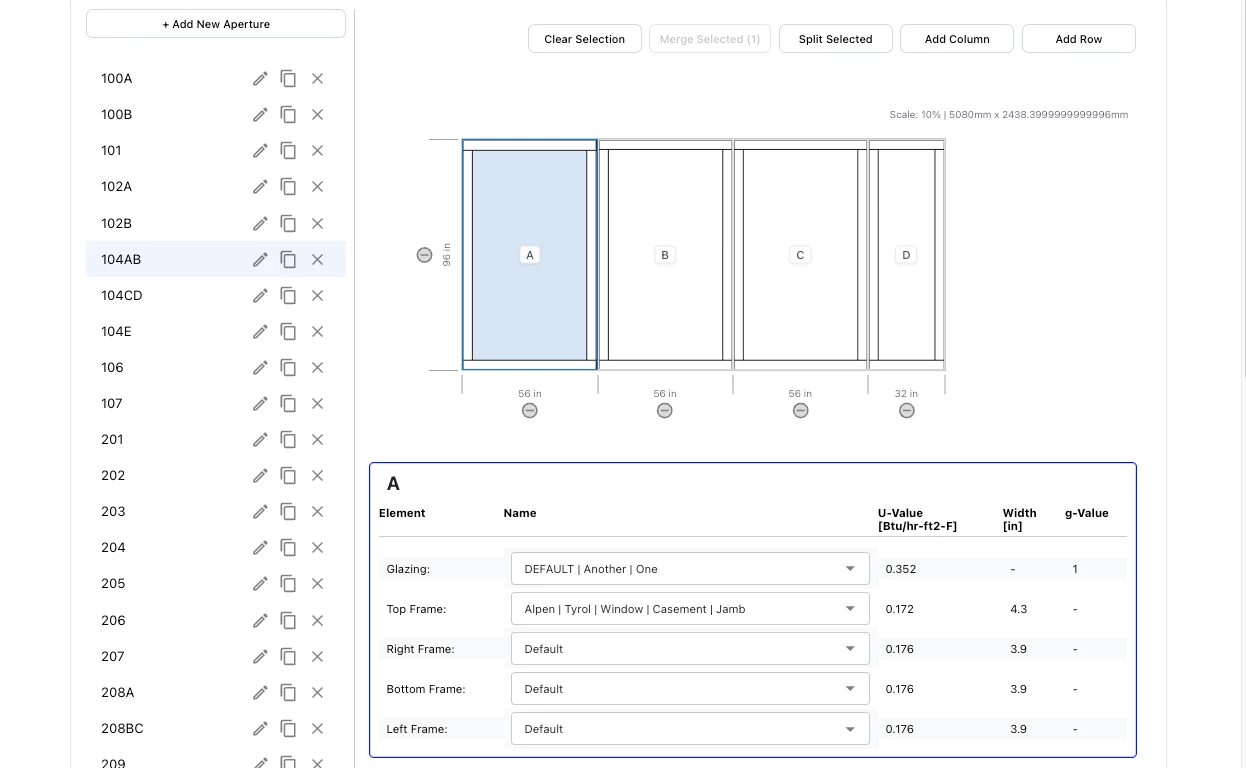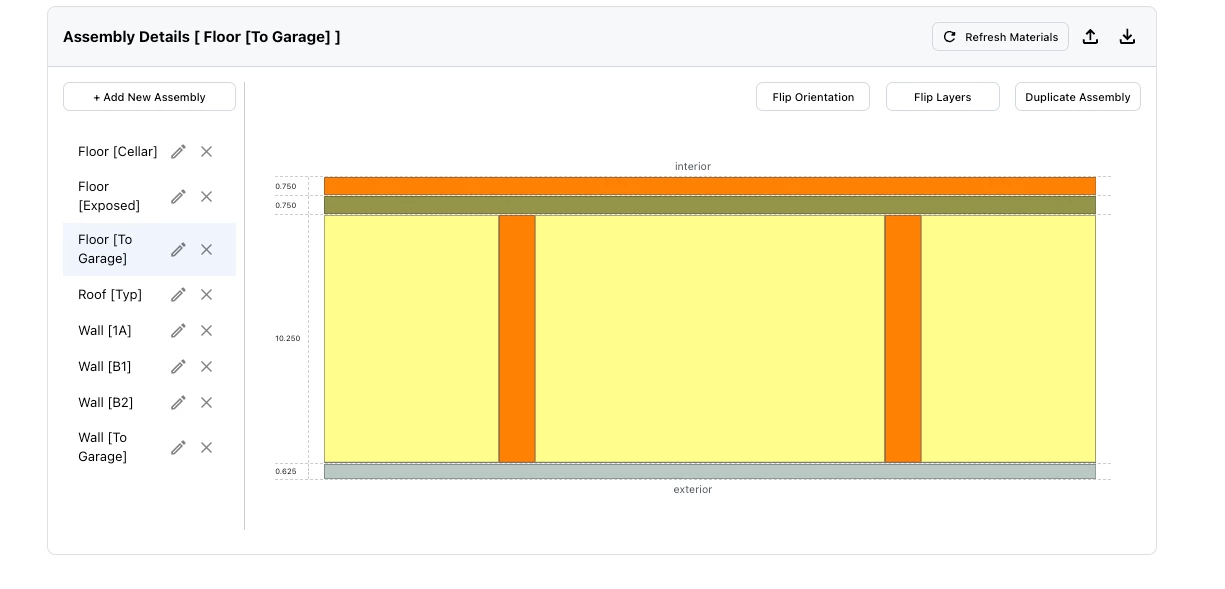Hi, I have a question about some app architecture that I wonder if anyone might have suggestions or opinions about? The short version is: is it better to pull AT data into an outside app, or to instead try and build plugins / overlays within AT (somehow?) ?
Longer version: I am an engineer (not the software kind) and architect (also not the software kind). I LOVE AirTable. We use it religiously in our firm and it works GREAT for managing building data (pumps, fans, windows, glass, materials, rooms, ventilation flow-rates, etc, etc...)., We have built all sorts of tools to pull AT data down into our local Building Information Models (BIM) as we work.
I’ve been working on a client-facing app for BIM data display, and so far what I have is a basic React App which pulls in a project’s AT data and displays it in tables for the client. So thats also fine. But NOW I am starting to add ‘creation’ tools to this app, and I’m wondering if instead there is a way to build my app into AT, rather than pulling AT data into my outside app?
Context: For some things we have found that is SOOOooo much easier to work with graphical widgets rather than tabular data. Not all things, but some things. For instance: I have built us a ‘window builder’ which allows us to graphically create windows, and then assign the data for glazing and frame types from our AT material collections.

While we *CAN* (and did) used to do this in tables within AT, having the picture just makes it so much easier to see what we’re doing, and trouble-shoot (which frame goes to which edge, etc...).
We do similar things with ‘assemblies’ (layers of materials, organized graphically but connected to a backend of material data in AT).

So, this is all ok… but in my app I really miss all the nice table-tools from AT (copy, paste, new column, filter, sort, etc, etc, etc). I was starting to think about how to implement copy, paste, undo, sort, filter, blah, blah, - but they thought maybe I was all upside down here, and that instead of replicating this AT behavior in a new app, could I just bring my graphical interface bits into AT instead?
Question: Is there any way to build any sort of graphical ‘widget’ within AT (a picture of a thing where some of the elements are associated to AT records)? In an ‘Interface’ perhaps? I’m not as familiar with those - but maybe they allow for this sort of use case?
Any thoughts or suggestions are appreciated.
all the best,
